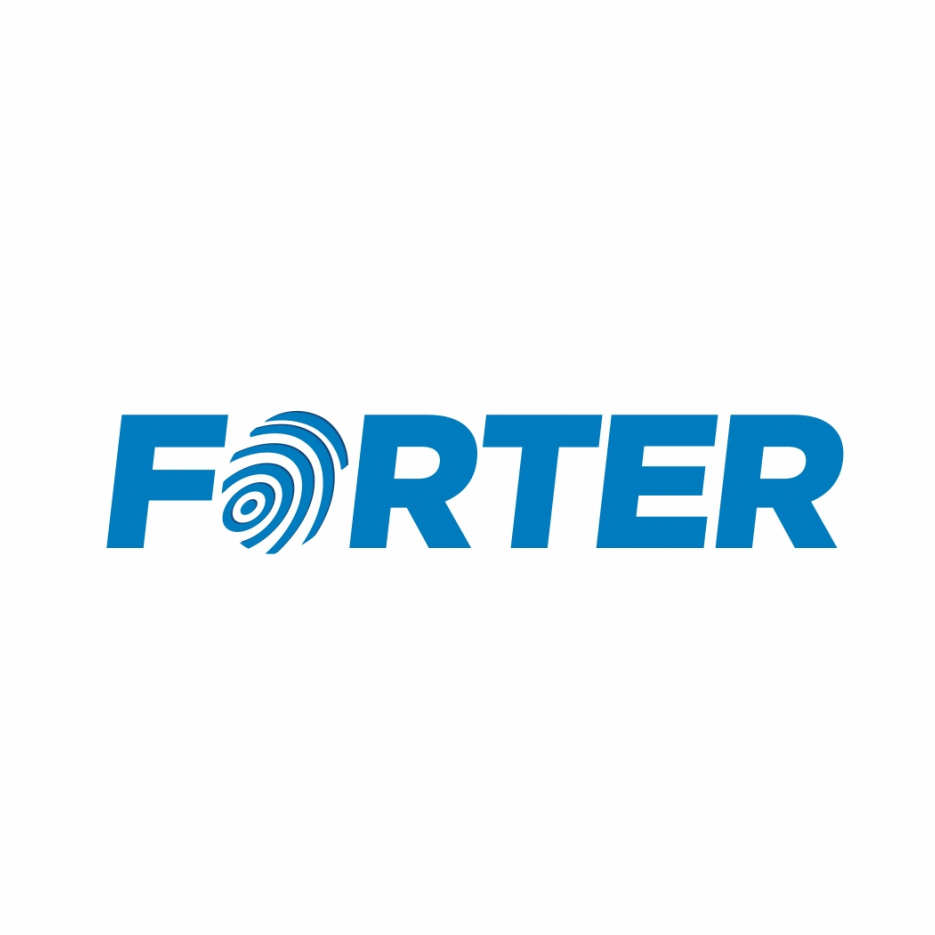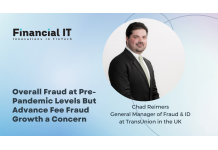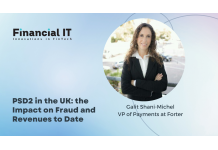The Issue of Chargeback Fraud and How to Prevent It

- Neil Smith, Head of Strategic Partnerships EMEA at Forter
- 13.04.2022 04:30 pm #fraud
Digital commerce businesses worldwide lose billions every year due to chargebacks, and a significant and growing portion of them result from chargeback fraud. It is a problem every online business must deal with at some point, and many companies see fraudulent chargebacks occurring every day. However, what exactly is chargeback fraud and how can your business make better decisions on handling and getting ahead of it?
What Is Chargeback Fraud?
Chargeback fraud is where an individual deliberately disputes a legitimate payment transaction resulting in a chargeback for the company where the sale was made. Instead of contacting the business where they placed the purchase, the customer goes through the issuing bank or payment processor. They essentially steal an item or multiple items using the chargeback process.
Chargebacks often occur because of criminal behaviour on the part of the buyer, with chargeback fraud one of those behaviours. Another criminal behaviour that causes chargebacks is using stolen credit card numbers to pay for purchases.
The Consequences of a High Chargeback Rate
Failing to keep your chargeback rate low means you risk getting hit with high fees and penalties from credit card networks like Visa, Mastercard, and American Express. If your chargeback rate remains too high for too long, you risk getting relegated to one or more chargeback monitoring programs. Every chargeback monitoring program you enter brings additional costs on top of the fee for every chargeback. If you continue to have a high chargeback rate despite monitoring, you could lose your ability to accept credit cards altogether.
What is considered a high chargeback rate?
For a long time, the rule of thumb was that a 1% chargeback rate was the acceptable threshold for most credit card networks, but today that is no longer the case. Currently, the chargeback rate threshold for Visa is 0.9% of transactions, and the threshold for Mastercard is 1.5% of transactions.
What Can You Do About Chargeback Fraud?
Criminal behaviour like chargeback fraud increases your chargeback rate, so you need to take steps to protect your business from it, such as:
1) Add Real-Time Fraud Decision Making to Your Platform
You can reduce chargebacks by incorporating real-time fraud decision making into your platform. With real-time decision making, your eCommerce platform can make accurate fraud decisions before the user goes through checkout and payment authorisation. If the decision making engine has access to a global network of merchants, it can assess the identity behind each transaction. With insight into the user’s identity, the engine can accurately predict which transactions will likely result in chargeback fraud and block them. A bad actor can’t initiate a chargeback if they don’t make it through the payment process.
2) Use Strong Authentication Tools
You can help reduce chargebacks from criminal behaviour by using strong authentication tools, such as:
● Two-Factor Authentication (2FA): If any of your customers find that their accounts — with stored payment methods — have been taken over and have had orders placed without their consent, they will file chargebacks. Requiring customers to enable two-factor authentication (2FA) for account logins can help prevent fraudsters from taking over customer accounts and placing unauthorised orders. You can implement 2FA on your website using technology like 3D Secure (3DS).
● CVV Validation: Fraudsters often obtain stolen credit card numbers from dark web marketplaces or phishing scams. However, they don’t always have the card verification value (CVV or CVV2) number from the back of the card. You should always require customers to enter the CVV number at checkout and use a reliable tool to validate that number. For example, Stripe Radar lets you perform a card verification code check (CVC) on each payment transaction and block payments that fail the check.
● Address Verification Service (AVS): An address verification check is another way to validate credit card information, helping to detect suspicious payment transactions. An address verification service (AVS) looks at the billing address entered by the user, making sure it matches the address on file with the issuer of the credit card. AVS checks are not supported by all credit card companies and are not available for all countries however.
3) Purchase Chargeback Protection
In general, a chargeback protection service lets you shift the liability of unauthorised transactions and fraudulent payment disputes from your business to the chargeback protection provider. Many fraud prevention companies and payment processors offer chargeback security, with different levels of protection and associated costs.
Some chargeback protection services use an automated process for inspecting transactions while also offering a “chargeback guarantee.” If a transaction ends up in a dispute, the service provider reimburses the business for the chargeback fee and conditional refund. Some companies will fight disputes on behalf of the business, covering the cost of each disputed charge and the chargeback fee.
With chargeback protection, you don’t have to worry about getting hit with high fees and penalties from credit card networks. You can also spend less time and resources managing disputes and more time on tasks that generate revenue for your business.
Preventing Chargeback Fraud
The best way to prevent chargeback fraud is to block bad actors from making a purchase in the first place. By investing in a payments protection platform, you can ensure your business avoids chargebacks due to criminal fraud and friendly fraud, which will result in a significant reduction in chargeback costs and more revenue for your business.
























